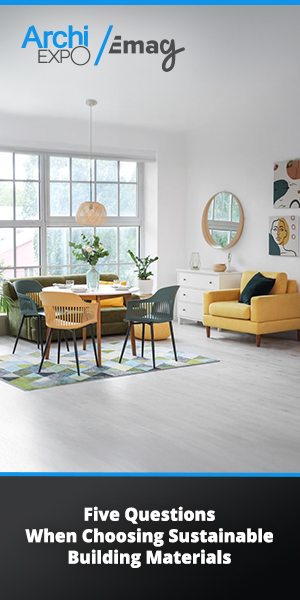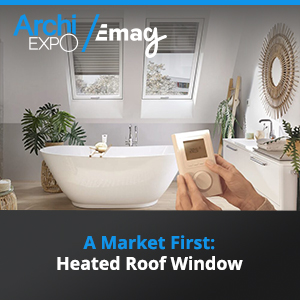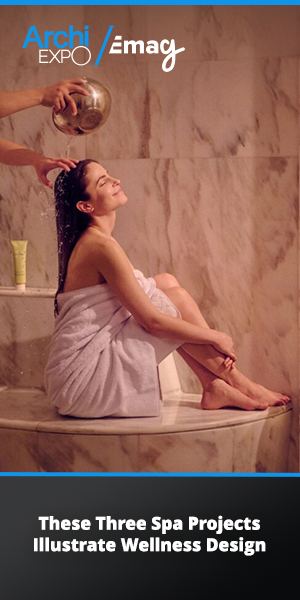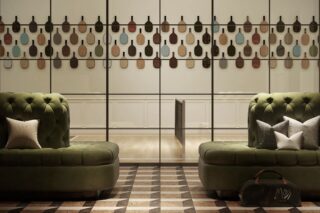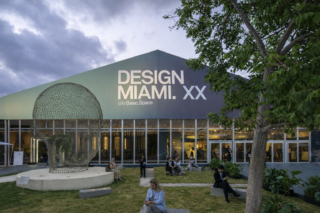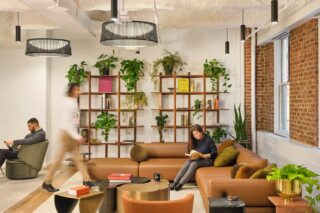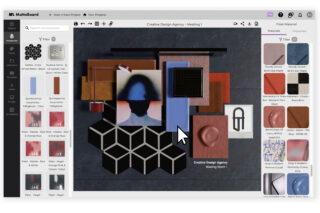Producers recognize the contribution of elevators to the high energy consumption of buildings and are bringing innovations to the market for a greener future.
Once considered minor contributors to a building’s energy consumption, elevators are now recognized as significant energy users. In high-rise buildings, elevators can account for up to 10% of the total energy consumption. A report by the International Energy Agency (IEA) states that nearly 30% of global energy consumption comes from buildings. In Europe, that proportion is even higher (40%), according to TK Elevator. As sustainable solutions grow in importance in every sector, energy efficiency in elevators has become crucial—for economic, environmental, and regulatory reasons.
A Market of Growth and Green Modernization
A report from Grand View Research shows that the global elevator market was valued at approximately USD 79.06 billion in 2024 and is expected to grow at a compound annual growth rate of 6.7% through 2030. The primary factor driving this growth trend is the demand for modernization, upgrades, and less energy consumption. In Italy, for example, 50% of operating elevators are 30 years or older, while in Spain, five million people live in buildings of three or more floors with no elevator available, according to TK Elevator.
Given that 21% of the European population is 65 years of age or older and that 24% live with some kind of disability, as stated by Eurostat, the need for more and better elevators is evident. Also, it is worth noticing that the presence of an elevator—especially a modern one—increases a building’s value.
Schools, public offices, museums, banks, restaurants, shops, bars, small condominiums, villas, and, of course, homes can all utilize the so-called home elevator. With a clear focus on accessibility, the more modern home elevators are also sustainable—in the durable, eco-friendly materials they are made of and also in features such as regenerative braking, energy-efficient motors, and lightweight materials to reduce energy consumption.
Accessibility and Sustainability
An example of both accessibility and sustainability can be seen in the home lift AR:IA, launched by Italian firm Vimec at the end of 2024. Designed for comfort and eco-friendly performance, AR:IA is an innovative home elevator that integrates seamlessly into any environment—and is silent. In the firm’s words: “Forget the monotony of traditional lifts, often intrusive and identical. With ARIA, we aim to create unique solutions that give identity and blend perfectly with the surrounding environment, adding prestige and personality.”
The AR:IA elevators employ advanced technology and are always connected to users’ smartphones. Its walls and cabin can be easily renovated without the need to dismantle the entire elevator. The product replaces the previous EcoVimec and EasyMove and benefits from Vimec’s more than 40,000 installations worldwide. Its capacity is up to 400kg, and different configurations and dimensions are available for the cabin.
Another exemplary sustainable elevator is TK Elevator’s EOX Renew, launched in 2023 for low- and medium-rise residential buildings. An excellent candidate for old buildings, it can be installed even in buildings with no existing shaft or even additional existing space. According to TK Elevator, the EOX Renew can be installed in the stairwell, on the facade, or in the courtyard thanks to its flexible cabin dimensions, compact shaft components, choice of counterweight position, door types, and adjustment of floor doors down to the last millimeter.
Fully produced in Italy in a factory running 100% on renewable electricity, the elevator requires 28% less energy to operate, has a Class A energy efficiency rating, and emits 10% less carbon thanks to its lightweight design, its regenerative drive (which allows the elevator to recoup energy while operating) and a new eco-mode.
Also, the EOX Renew is powered by cloud infrastructure from Microsoft and high-performance accelerated computing from NVIDIA, showing another very strong trend in the sector: the use of digital technology.
Technology and Customization
Touchless interfaces like voice-activated controls, smartphone integration, and sensor-based systems are also on the way to becoming standard features, reducing the spread of germs and making elevators smarter. Also, whenever the components for digital expansion are integrated into the elevator, future enhancements require far fewer on-site visits.
Another important trend in the elevator realm right now is customization. From the use of bold colors to artistic accents, the idea is to allow for the customization of elevators to a high degree. Additionally, for companies, incorporating brand logos can contribute to creating a sense of personality and identity within a building.
Manufactured by the Italian company NOVA and launched in 2024, NOVA Code is a fine example of both technology and customization. Interestingly, its customization feature is not just about the wide range of finishes available. The lighting is defined by the firm as “the real protagonist of NOVA Code,” thanks to an original arrangement of different lighting sources: two light cuts are positioned on the central totem, in addition to the illuminating handrail (which is sensitive and can activate the movement of the platform), while the LED strips are positioned laterally to project the light onto the back wall and into the shaft.
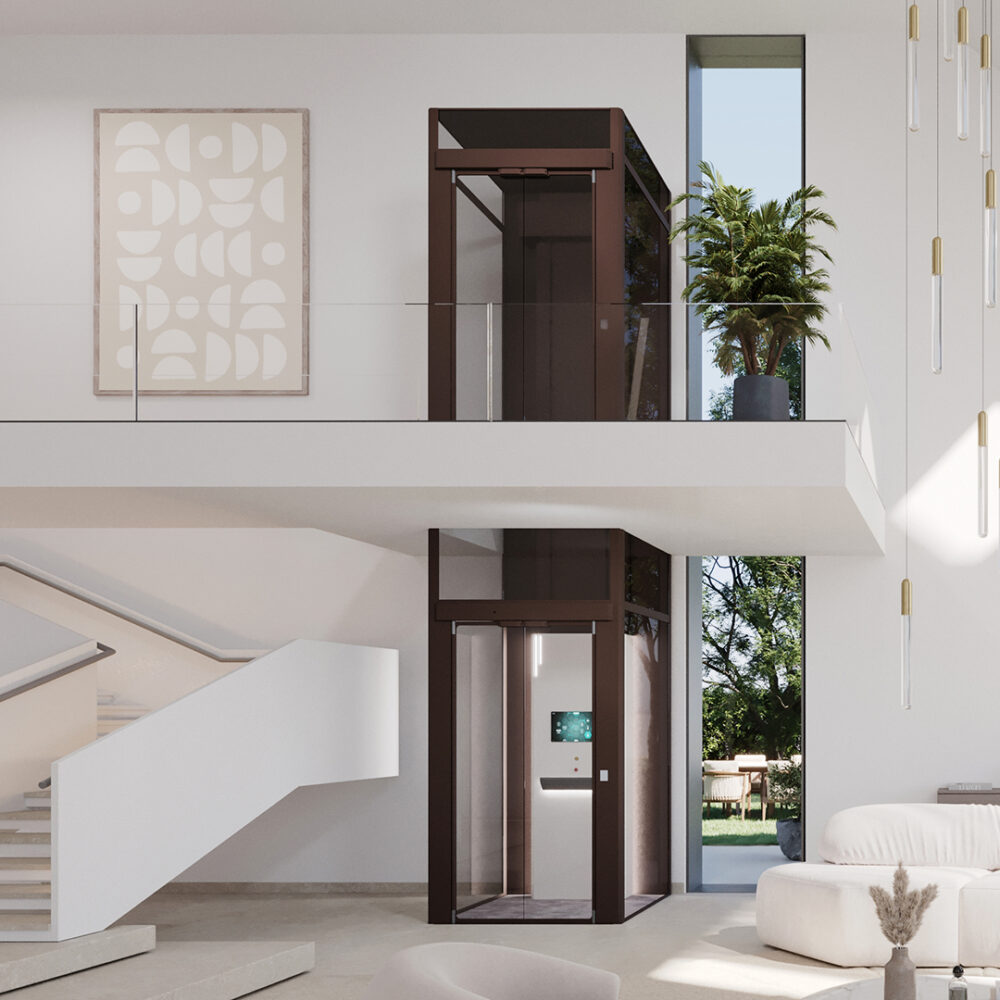
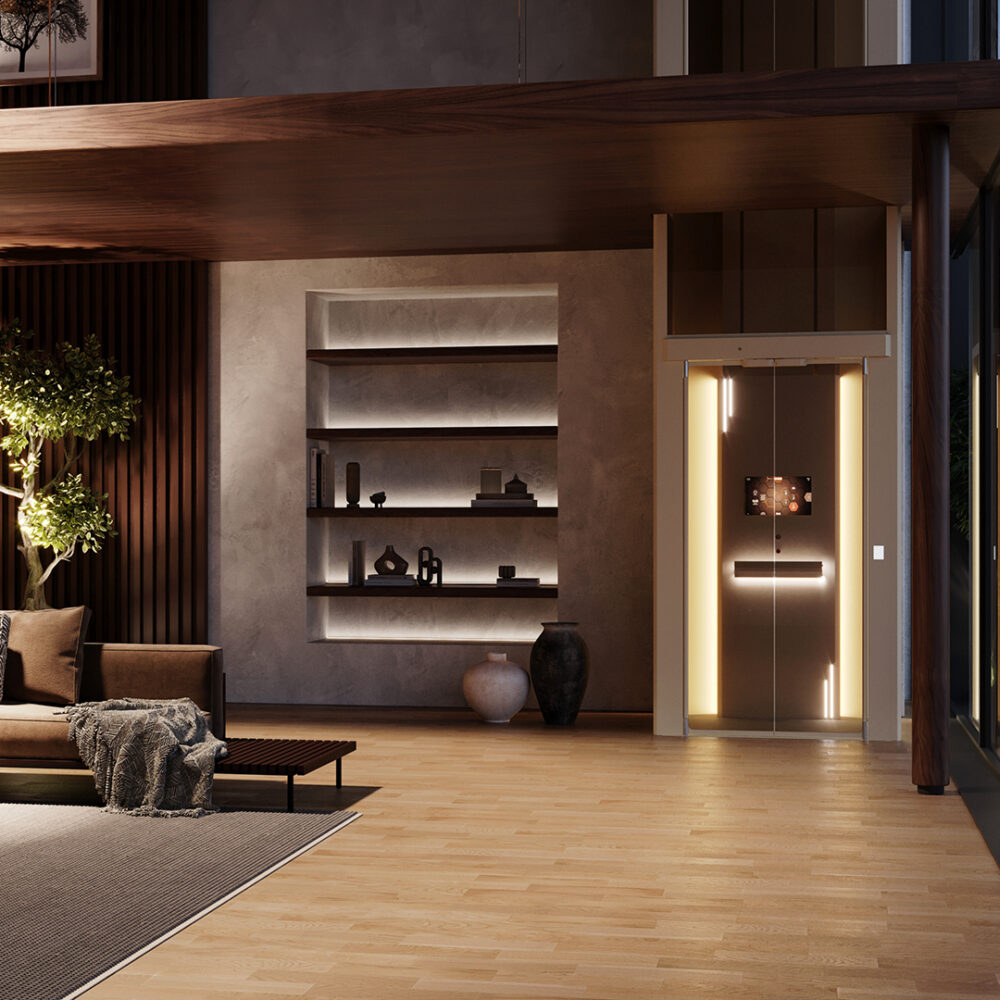
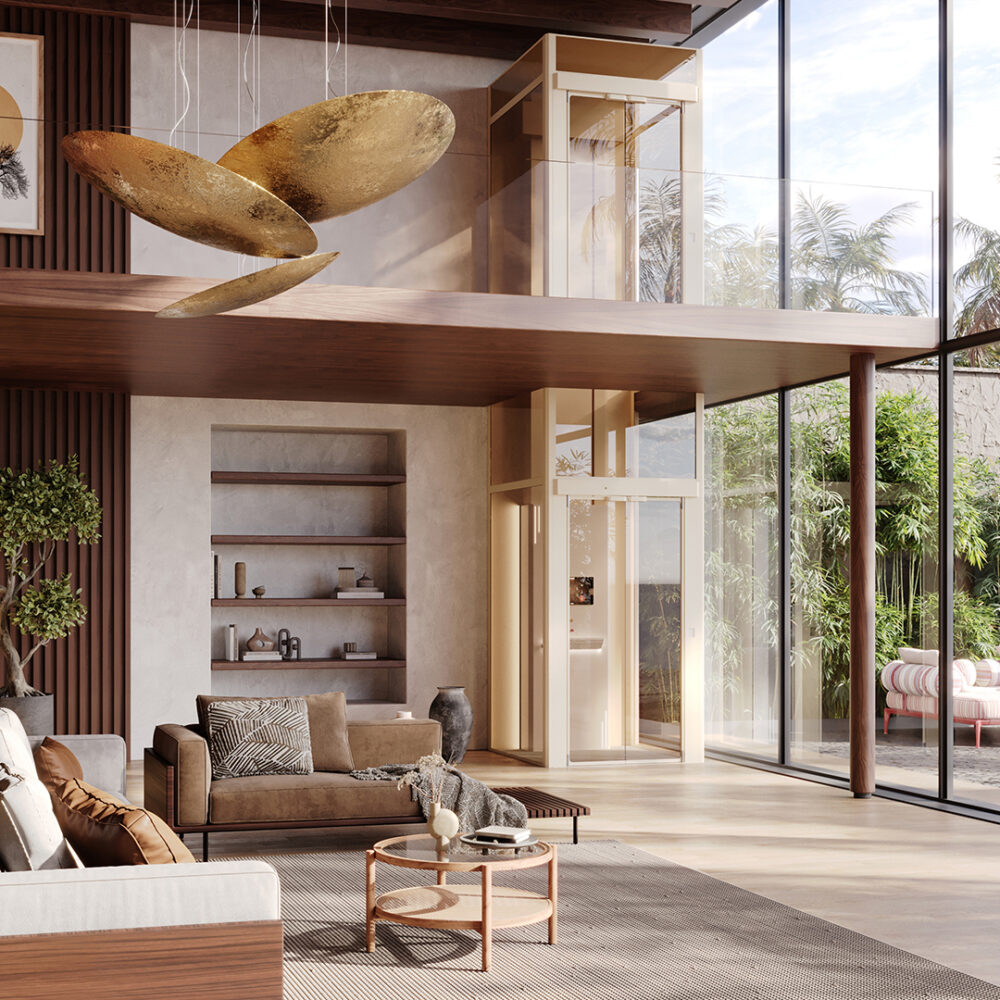
It is possible to manage light color and intensity via the multifunctional touch screen 15.6” display, which can be controlled remotely by a smartphone app. The Nova CODE also has automatic full glass doors and an electric traction engine, which guarantees a smooth and silent ride, as well as the highest safety standards for users and reduced energy consumption and maintenance costs.
Last, even the use of bold colors that we can see in the NOVA Code does not change the fact that sleek and clean lines are a major trend, as is the use of high-quality materials (such as polished metal, elegant wood grain textures, and composites) that emphasize craftsmanship. The elegant, clean style incorporates these bold colors, while the sophisticated materials provide timeless elegance that is easy to maintain.


